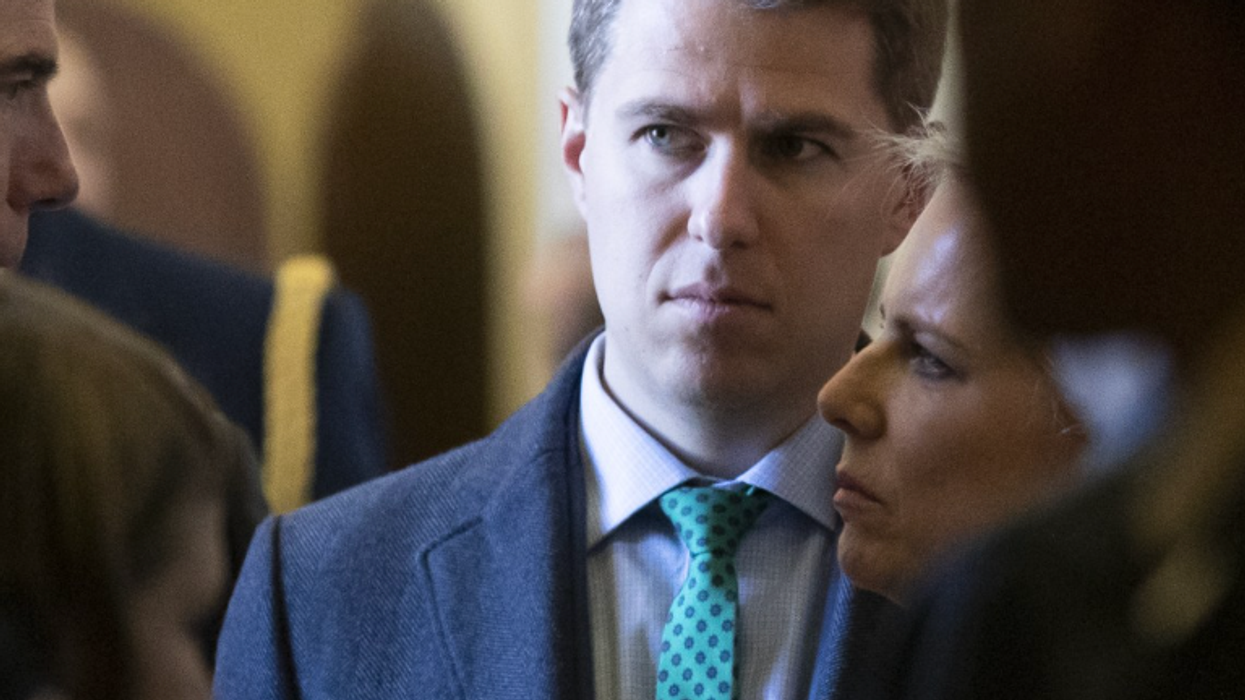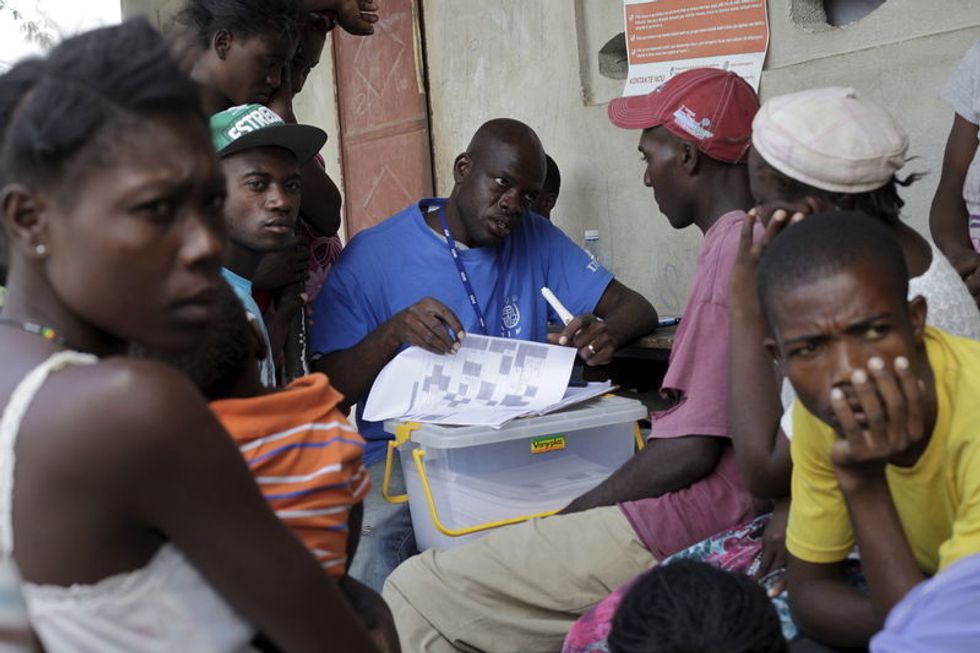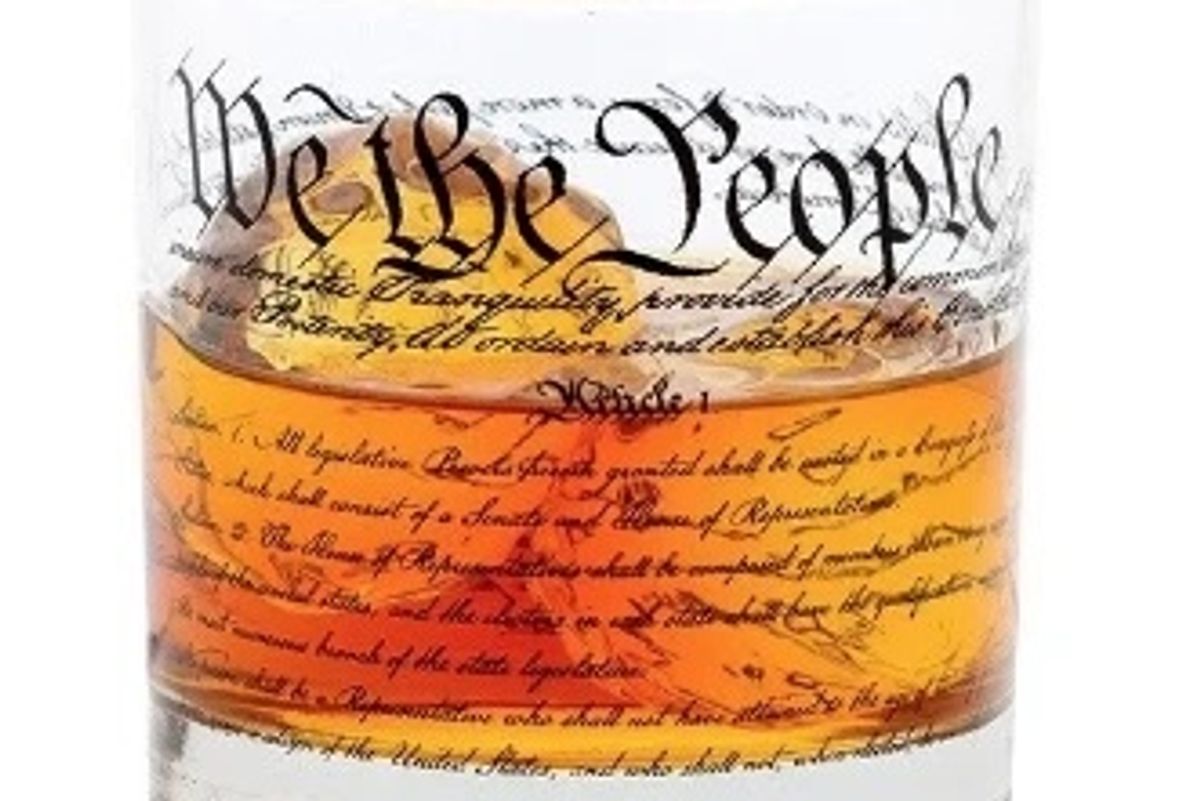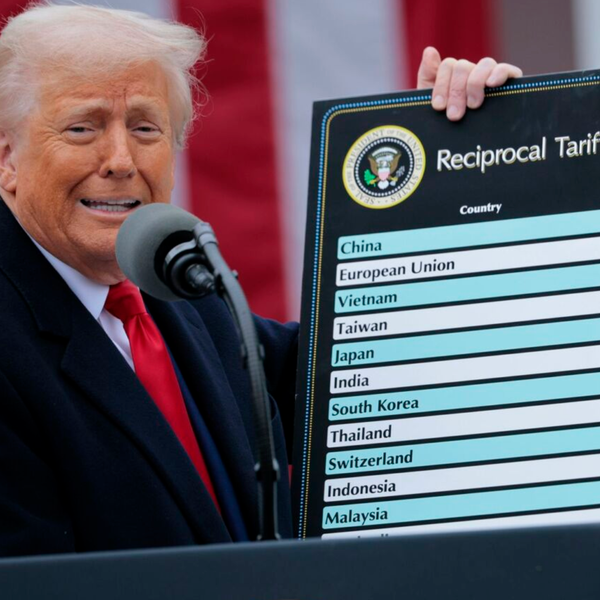We May No Longer Be Safe In Our Own Country
In a couple of months, I am planning a business trip to Europe. I don't scare easy, but despite the fact that I'm an American citizen and have committed no crime, I am worried about what might happen when I attempt to come home.
Will Customs and Border Patrol agents pull me from the customs line as they did to Amir Makled? He's an American citizen, too, a lawyer born and raised in Detroit who was returning from a vacation in the Dominican Republic. But he happens to represent a pro-Palestinian student protester.
CBP detained Makled and demanded access to his phone. CBP can demand to examine your phone or laptop under authority to search for child pornography, drug smuggling, human smuggling and other suspected crimes. Last month, a French scientist was denied entry into the United States because border guards searched his phone and found texts critical of Trump.
The European Commission has just announced that it is issuing burner phones to officials traveling to the United States, a measure usually restricted to countries like China or Russia.
"Well," you may say, "that's a nuisance, not a true threat." That's probably right, not because they respect the Constitution or basic decency, but because if they're going to start arresting Trump critics, they have bigger fish to fry.
And yet, consider that Trump is now openly speculating on sending "home grown," U.S.-citizen criminals to the Salvadoran gulag. At his Oval Office meeting with strongman Nayib Bukele, while beaming at Bukele's refusal to return the wrongly deported Kilmar Abrego Garcia, Trump mused about expanding El Salvador's prisons to include American citizens, saying that some of our criminals are just as bad as immigrants and that "I'm all for it."
There are too many layers of outrage here to unpack, but let's just note that even agreeing to send accused (not convicted) illegal aliens to Salvadoran custody violates basic rights. By one estimate, 90% of those deported to El Salvador had no criminal records. Prisoners are held in inhumane conditions, stacked on metal bunks with no bedding 23 1/2 hours per day, subject to torture and summary executions.
Let's also take note of Trump's expansive concept of criminality. Last week, Trump targeted two former officials from his first term, Chris Krebs and Miles Taylor.
Krebs, as director of the Cybersecurity and Infrastructure Security Agency, committed the unpardonable sin of affirming that there was no widespread fraud in the 2020 election. In a flagrantly Orwellian order, Trump declared that Krebs "falsely and baselessly denied that the 2020 election was rigged and stolen."
He then directed the attorney general and other officials to scour the record to see if they can find instances of misconduct. This not only violates the semi-sacred separation between the White House and the Justice Department; it is reminiscent of Joseph Stalin's hatchetman Lavrentiy Beria's dictum: "Show me the man and I will find the crime."
Trump's order on Miles Taylor — who as chief of staff of the Department of Homeland Security penned the "anonymous" New York Times piece in the first Trump administration, went even further, accusing Taylor of sowing "chaos and distrust in government" and closing with an accusation of treason.
The prosecutorial power of the state is vast. Even without a conviction, a criminal investigation can upend a person's life and potentially bankrupt them with legal costs. In the Anglo-American tradition, the danger of overweening state power is cabined in many ways: the requirement of a grand jury, the presumption of innocence, the right to trial by jury, the ban on star chambers and many other protections. But these all rest ultimately on the public's sense of what's right.
Back to the airport example. Let's assume that someone in the Trump administration decides to harass me. They could say that I had spread the "false and baseless" claim that the 2020 election was not stolen and therefore sowed "chaos and distrust in government." Or they could allege that I have terrorist ties, as they said about Rumeysa Ozturk, the Turkish grad student who was hustled off the streets of Somerville, Massachusetts. What then?
Republican members of Congress, if asked about my detention, would say that "We have to trust the president's instincts." The Wall Street Journal editorial page would say that this is not ideal because just think of what Democrats might do with this power. And the right-wing media would dredge up every critical word I've ever written about Trump to show that, after all, I had it coming.
Would I be able to consult a lawyer? Fortunately, I'm married to one. But I wouldn't be able to count on legal advice from many of the big firms who are doffing their caps to the president.
I love to travel, but I love to return home even more. The sight of the Stars and Stripes at the airport never fails to move me as I proudly line up in the American passport holders lane. The flag meant home — but it also meant decency and ironclad adherence to the law.
Meant.
Mona Charen is policy editor of The Bulwark and host of the "Beg to Differ" podcast. Her new book, Hard Right: The GOP's Drift Toward Extremism, is available now.
Reprinted with permission from Creators.











